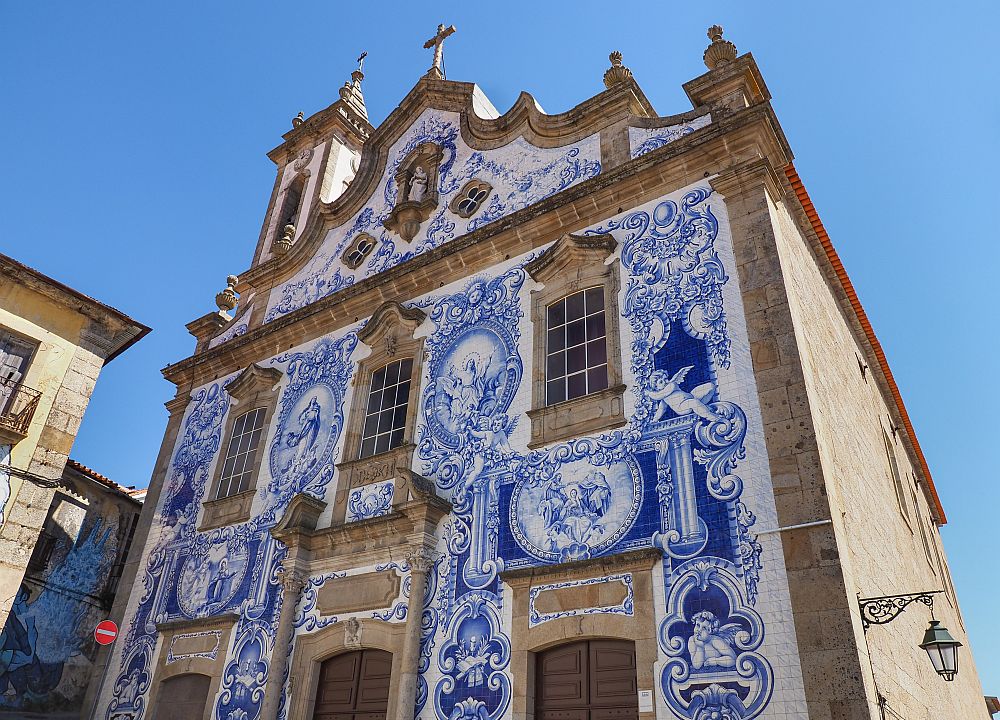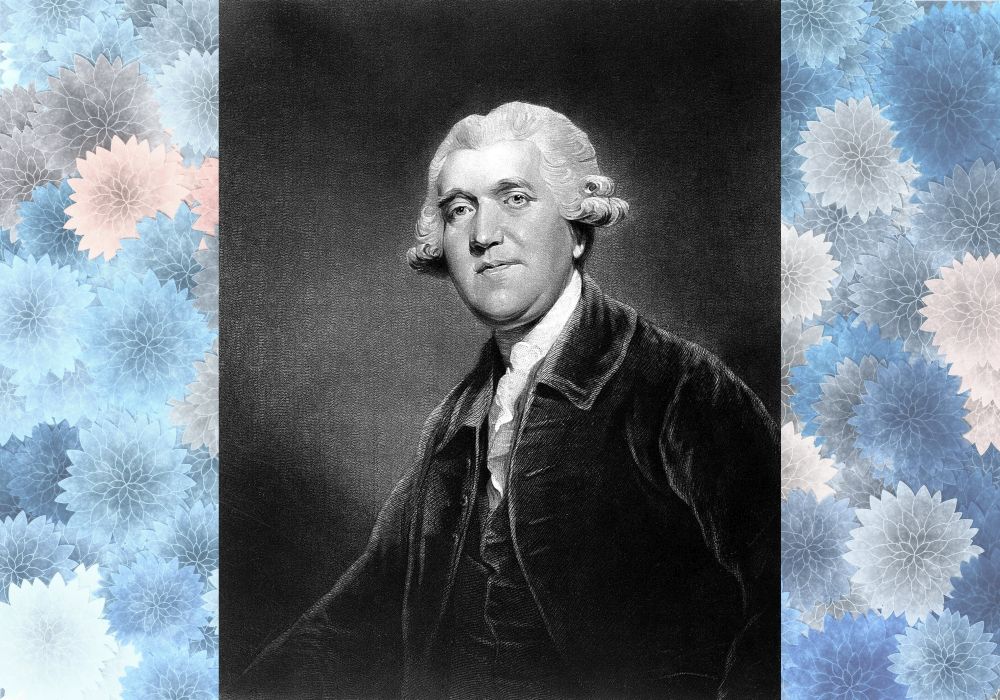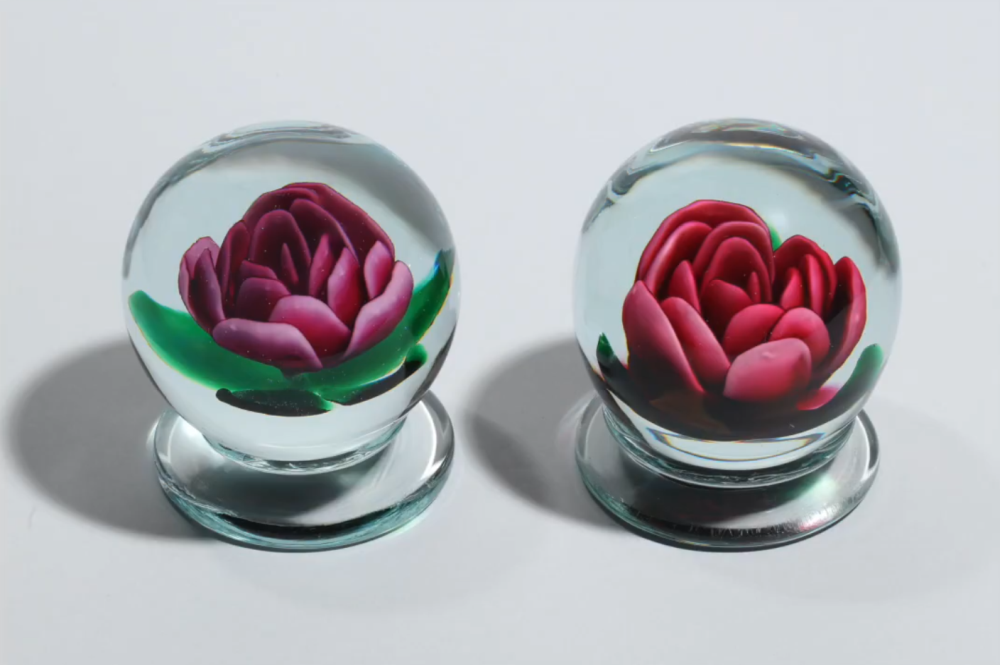
An example of a Wari bottle, which seamlessly merges the body of an anthropomorphized feline with that of a flask-like vessel. The artistic style of the Wari is the civilization’s most lasting legacy. Credit: The Metropolitan Museum of Art
Aztec, Maya, Inca—these three empires are generally considered the most dominant and advanced civilizations to have developed in the Americas prior to the arrival of the Europeans. Yet there are many other civilizations that flourished on these two continents throughout history, and knowing their stories is essential for archeologists looking to accurately map the advancement of human society in this part of the world.
Analyzing the composition and chemistry of ceramic artifacts can provide a better understanding of the cultural and economic structure of these early civilizations. For example, studies on ceramic figurines, tools, and pots have offered insights about ancient people who lived in current-day Colombia, Mexico, and Hispaniola, respectively.
In a new study, researchers from The Field Museum in Chicago, the University of Illinois-Chicago, and the University of North Carolina-Greensboro looked to learn more about the ancient Wari civilization through ceramic geochemical analysis.
Wari: Unifying the south-central and north-central Andes
The expansive Wari civilization (also spelled Huari) was the first political structure to unify the south-central and north-central Andes. It was located in the Ayacucho valley of Peru during the Middle Horizon period (600–1000 CE).
This period saw many cultural changes, for example, in burial practices and ceramic styles. The Wari also developed their own iconography.
The artistic style of the Wari is the civilization’s most lasting legacy, significantly influencing the later Inca civilization (1200–1533 CE).

A map illustrating the extent of the Wari civilization (purple), which flourished in Peru between 450–1000 CE. The extent of the contemporary Tiwanaku culture is indicated in light blue. Credit: JohnnyMr Ninja (Public Domain)
Ceramic geochemical analysis of Wari artifacts
The researchers of the new study aimed to understand the role that ceramic production and exchange played among the differing communities with whom Wari established relationships. Although the Wari empire is considered the first “unifying” political structure in the region, the population was too diverse to completely integrate it both politically and culturally.
Ceramic samples in this study were analyzed over a 15-year period using multiple instruments housed at The Field Museum’s Elemental Analysis Facility. In particular, laser ablation inductively coupled plasma mass spectrometry was used for geochemistry analysis. These results were combined with statistics, including the Mahalanobis distance, which helps determine which regional group a sample likely belongs to.
The 189 samples analyzed in this study came from three regions:
- The Ancash region, including the Callejón de Huaylas valley, was an important thoroughfare between northern and southern governments. As such, this region contains many imported objects and the production of Wari-type wares. Samples consisted of pottery from villages across the valley, as well as decorated Wari-related ceramics and press-molded blackwares.
- The Arequipa region, located between the Wari center in Ayacucho and the southernmost parts of the Moquegua Valley, may have been part of the Wari empire, with foreign settlers bringing Wari customs and crafting practices. Samples were recovered from four sites in the mid-Majes Valley and its upper Chuquibamba Tributary, including from elite temples and ceremonial centers, as well as local dwellings.
- The Moquegua region in southern Peru extends from the coast to the highlands. This region was inhabited by two different civilizations: the Wari and Tiwanaku, who both established colonies in the area. Local ceramic production was practiced in both cultures, although the Wari potters created new ceramics (Wari fineware) made from a previously unused clay source. The samples from this region include decorated and undecorated utilitarian ware (nearly half of the samples), including those from the Cerro Baúl Palace.
Analysis of the Ancash samples revealed that the decorated ceramics did not appear to represent a single production center or geological locale. But they had more geochemical similarities than the Callejón de Huaylas styles produced using highland Ancash raw materials. Meanwhile, the blackwares appeared to have been made using clays from Castillo de Huarmey on the Ancash coast.
For the Arequipa samples, three primary compositional groups were detected, but the samples featured a wide variety of ceramic styles. The researchers hypothesize that Arequipa communities had “unequal access to Wari exchange networks; however, potters in Arequipa’s highlands and coastal valleys replicated Wari wares and iconography using local clay recipes.”
The geochemistry of Cerro Baúl Palace samples from the Moquegua region matched with previously identified compositional groups, including from the Cerro Mejia Mountain. This finding indicates that potters in the Moquegua region used clays near the Otora Valley, which is a unique source distinct from Moquegua Valley clays.
Overall, the results of this study showed that
- A standardized paste recipe or highly controlled clay source was not the norm across the Wari empire. Additionally, local groups used clays with similar geochemistries to produce both finewares and plainwares.
- In Ancash and Arequipa, the production of Wari-type pottery was based on established local knowledge of clay sources.
- Elites were more directly involved in controlling and producing Wari pottery in the Moquegua region.
- The influx of Wari finewares from other regions occurred, but their consumption was not necessarily restricted to elite centers.
- Potters with expertise in Wari ceramics invented new forms and designs, as well as new manufacturing methods, innovating ceramic production in all three regions.
- Local communities played an important role in brokering political economic relations, particularly with regard to the production and exchange of all types of pottery.
The researchers conclude, “Wari ceramic production and exchange was simultaneously local and global, incorporating the desires, motives, and everyday actions of small communities, local elites, and Wari colonists.”
The paper, published in Journal of Archaeological Science: Reports, is “Crafting cosmopolitanism: Ceramic production and exchange during Wari imperialism (600–1000 CE)” (DOI: 10.1016/j.jasrep.2023.103878).
Author
Laurel Sheppard
CTT Categories
- Art & Archaeology


